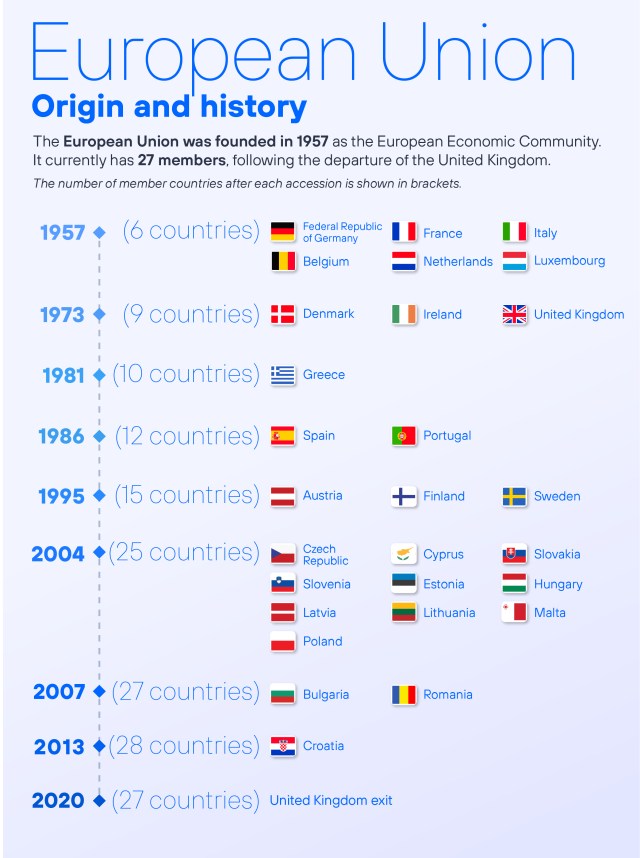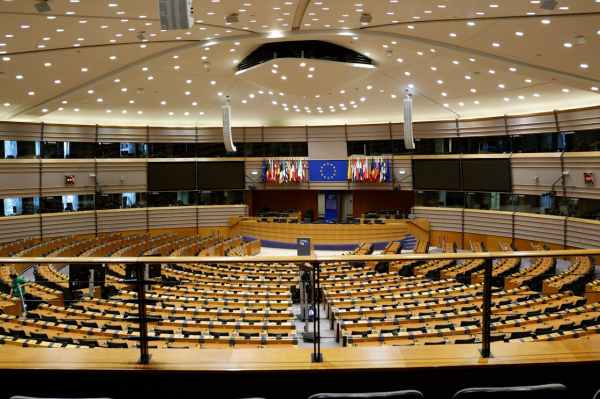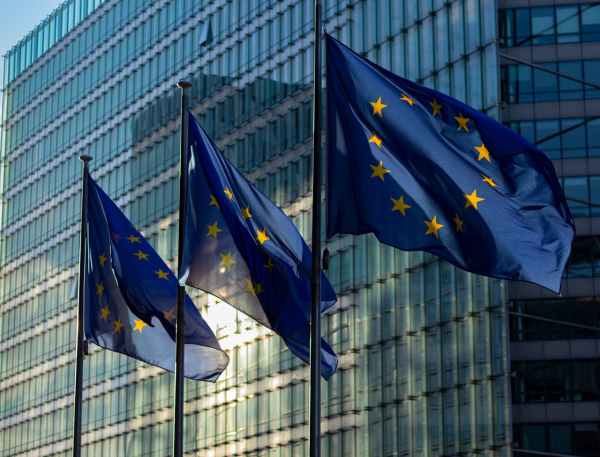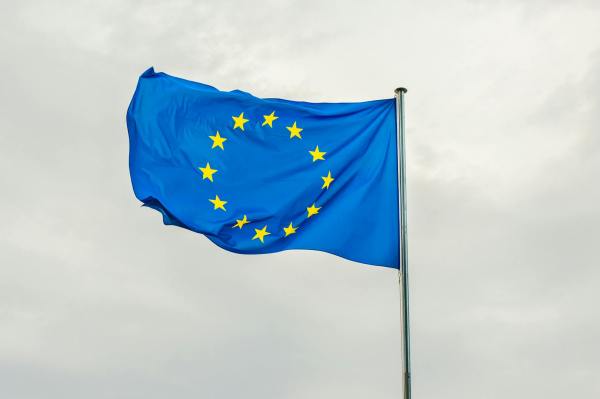Since 1985, Europe Day has been commemorated every 9th May. But why on this day?
Because on this day, although in 1950, the then French Foreign Minister, Robert Schuman (1886-1963), gave a famous speech – later known as the Schuman Declaration – which would eventually become the founding basis of the current European Union.
Since when has Europe Day been celebrated?
Europe Day has been commemorated since it was so decided in 1985 by the European Council, one of the main institutions of the EU, at a time when this body still functioned as an informal forum.
Since 1992, the European Council acquired official status, becoming in 2009 an official institution of the European Union in which the heads of state or government of the member states, the president of the European Commission and the president of the European Council itself define the general political orientation and priorities of the EU.
9th May 1950: The Schuman Declaration
But returning to the Schuman Declaration, this took place just five years after the end of the Second World War, a war of such magnitude that its consequences were still very much felt in European societies at the time.
Against this backdrop, this French politician of Luxembourg origin advocated the creation of a European Community of Coal and Steel (ECCS) in which those who joined would have a common production of these materials.
The first words of Schuman’s speech forcefully reflected the spirit of the speech: ‘World peace cannot be safeguarded without creative efforts commensurate with the dangers that threaten it’.
As we will see later, Schuman had already advocated that ‘Europe will not be made all at once, or according to a single plan. It will be built through concrete achievements which first create a de facto solidarity’.
On the basis that ‘the movement of coal and steel between the acceding countries will be immediately freed of all customs duties and will not be affected by differential transport tariffs’, the French leader laid the foundations for what would later become the European Union.
The history of the EU cannot be understood without this speech.
Origin of the European Union
Two years after this famous speech – and after the signing of the Treaty of Paris in 1951 – the ECSC was established, becoming the first of the supranational institutions that would lead to the EU and whose founding states were Germany (specifically the then Federal Republic of Germany), Belgium, France, Italy, Luxembourg and the Netherlands.
With the success of the ECSC, these six countries decided to broaden the scope of collaboration with the 1957 Treaties of Rome, which established the European Economic Community (EEC) and the European Atomic Energy Community (Euratom).
The 70s brought the first accessions (as we will see later) and another milestone in the consolidation of the European project: the holding of the first European Elections, in 1979. Although the European Parliament had been in operation for two decades by then, it did so with MEPs who were elected through delegates appointed by the respective parliaments of each state.
With further enlargements in the 80s and other developments such as the establishment of the Erasmus programme, we reach the year in which the EU was officially born as such: 1992.
1992: official birth of the European Union
Through the famous Maastricht Treaty (named after the Dutch city in which it was signed) the rules for the creation of a single currency, security and foreign policy and cooperation on issues such as justice and home affairs were established. With this document the European Union was officially born.
Another town in the Benelux (in this case the Luxembourgish Schengen) gave rise in 1995 to the free movement area, which at that time applied to seven countries and which currently includes 29; that is to say, the whole of the EU (except Cyprus and Ireland) to which Iceland, Liechtenstein, Norway and Switzerland are added.
The signing of the treaties of Amsterdam (1997), Nice (2001) and Lisbon (2007), together with the birth of the euro in 1999 (in force since 2002) helped to consolidate the European Union as we know it today, to which we must add other incorporations (as well as one exit) to the community club up to the current 27.
Let’s see how the EU has evolved from the half dozen original states to the present day.
Evolution of EU member countries
From the six founding members to the current 27 member states, there have been seven occasions on which new members have joined after its foundation and only one occasion on which a member has left.
- 1957. The EEC is born with the Federal Republic of Germany, France, Italy, the Netherlands, Belgium and Luxembourg.
- 1973. First incorporations in history, with the entry of Denmark, Ireland and the United Kingdom.
- 1981. With the accession of Greece, the first ten countries are reached.
- 1986. Portugal and Spain join the community club.
- 1995. After almost a decade without changes, Austria, Finland and Sweden bring the number of member countries to 15.
- 2004. After another nine-year wait, as on the previous occasion, there is a new wave of accessions, in this case the largest in history in one fell swoop, with ten new member countries, many of them from Eastern Europe: Czech Republic, Cyprus, Slovakia, Slovenia, Estonia, Hungary, Latvia, Lithuania, Malta and Poland.
- 2007. Bulgaria and Romania bring the number up to 27.
- 2013. The latest addition to date is Croatia, which brings the number to 28, its highest ever.
- 2020. Following the 2016 referendum in which the UK’s exit from the EU was successful, this year it became official, leaving the Union with the 27 member states that currently comprise it.










